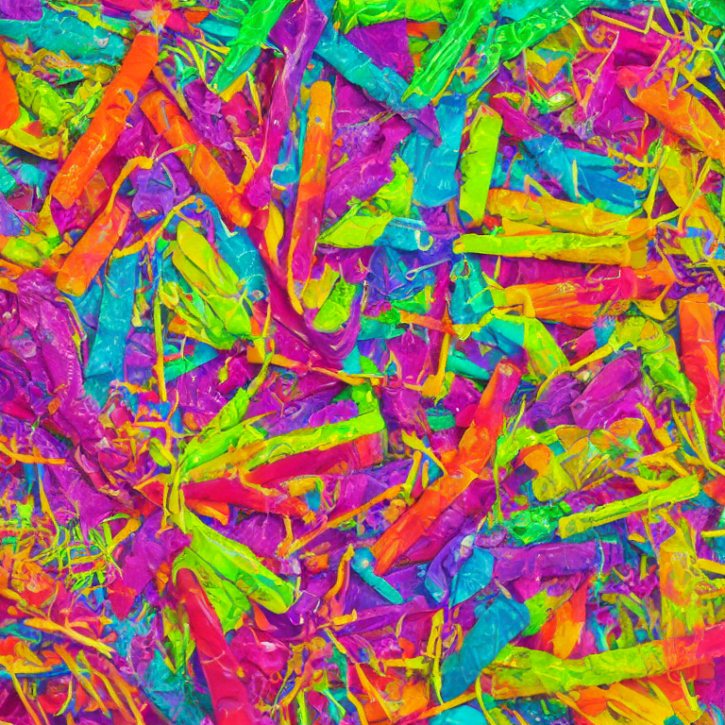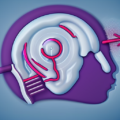Harm Reduction (HR) is a philosophy and set of practices that aims to reduce the negative consequences associated with certain behaviors or substances without necessarily requiring complete abstinence. Harm reduction acknowledges that some behaviors and substances carry risks, but recognizes that individuals may continue to engage in them regardless of the potential dangers.
I touched on the basics of Harm Reduction in one of the previous articles. Today we will focus on this system in more detail.
Where Harm Reduction strategies are used

Harm reduction strategies are used in various areas, including substance use, sexual health, and mental health. Examples of harm reduction practices include providing clean needles to people who inject drugs to reduce the spread of blood-borne illnesses, distributing condoms to prevent the transmission of sexually transmitted infections, and providing naloxone to individuals at risk of opioid overdose.
As for drugs and addiction specifically, the key features and principles of harm reduction according to Alison Ritter and Jacqui Cameron* include:
- that the primary goal is reducing harm rather than drug use per se;
- that there is an acceptance that drugs are a part of society and will never be eliminated;
- that harm reduction should provide a comprehensive public health framework;
- that priority is placed on immediate (and achievable) goals;
- and that harm reduction is underpinned by values of pragmatism and humanism.
Why does Harm Reduction philosophy work

The usefulness of harm reduction lies in its focus on reducing harm and negative consequences rather than simply prohibiting or punishing certain behaviors. By acknowledging that individuals may not always be able or willing to stop engaging in risky behaviors, harm reduction aims to minimize the negative impacts of those behaviors on both the individual and the community.
Scientific studies have shown the effectiveness of various Harm Reduction strategies in reducing negative health outcomes. For example, providing clean needles to people who inject drugs has been shown to reduce the transmission of HIV and other blood-borne infections, while providing naloxone to individuals at risk of opioid overdose has been shown to decrease overdose deaths.
The approach based on Harm Reduction tries to be the most honest and realistic about human nature. It accepts the person as they is. It also takes into account specific cultural and social characteristics, life circumstances, experience, and condition of the individual. HR does not put unattainable ideals at the head and does not play on a sense of shame. The philosophical basis of all HR strategies should proceed from the fact that an adult capable person has the right to cognitive freedom, freedom of decisions, and actions.
And one of the bases of Harm Reduction should be the free dissemination of knowledge about how the human body works, exogenous agents (substances), public institutions, laws, etc. In this case, a person will be able to make an informed choice, gain the necessary experience and at the same time reduce the risks of suffering and negative consequences for theyself and the environment.
Harm Reduction is not a panacea, but part of the medicine

The prospects of Harm Reduction are promising, as more research is being conducted and more individuals and organizations are embracing the HR philosophy. However, it is important to note that Harm Reduction should not be seen as a replacement for other health interventions and services, such as addiction treatment or mental health care.
If a person has health problems related to substance use, sexual health, or mental health, it is important to seek professional help and support. Harm Reduction strategies can be a part of a comprehensive approach to addressing these issues, but they should not be relied upon as the sole solution.
*From the article “A review of the efficacy and effectiveness of harm reduction strategies for alcohol, tobacco and illicit drugs” Drug and Alcohol Review (November 2006), 25, 611 – 624.
✔️
This marks the finish of today’s session. It is my hope that this piece was enlightening.
If you desire to advance the growth of this blog, I suggest the following actions:
- Follow my social media accounts (Twitter, Reddit).
- Circulate a link to this article among your associates.
- Give recognition to this blog on relevant platforms or discussion groups.
Should you identify any necessary additions or corrections in this article, feel free to initiate a dialogue with me via Telegram. I am always open to communication.
I express my gratitude for your valuable time and consideration 🚀




